Home>Gardening & Outdoor>Landscaping Ideas>Does Grass Scream When You Cut It


Landscaping Ideas
Does Grass Scream When You Cut It
Published: February 1, 2024
Discover the truth about grass and explore landscaping ideas in this thought-provoking article. Learn how to care for your lawn without the guilt.
(Many of the links in this article redirect to a specific reviewed product. Your purchase of these products through affiliate links helps to generate commission for Storables.com, at no extra cost. Learn more)
Introduction
When it comes to landscaping and gardening, the topic of plant consciousness and the ability of plants to perceive and respond to their environment has sparked intriguing debates. One of the most common questions that arise in this context is, "Does grass scream when you cut it?" This seemingly whimsical query delves into the fascinating realm of plant communication and the potential for plants to experience sensations akin to pain.
As humans, we are naturally inclined to empathize with living organisms, and the idea of causing harm to a plant, even one as seemingly simple as grass, can evoke a sense of unease. This curiosity about the inner workings of plant life has led to extensive scientific exploration and philosophical pondering, seeking to unravel the mysteries of plant consciousness and the implications for our interactions with the natural world.
In this article, we will embark on a journey to explore the science of plant communication, the ongoing debate surrounding plant consciousness, and the intriguing question of whether plants, including grass, can truly experience pain. By delving into these thought-provoking topics, we aim to shed light on the complex and wondrous nature of the plant kingdom, offering a deeper understanding of the interconnectedness between humans and the green world that surrounds us.
Key Takeaways:
- Plants, including grass, communicate through chemical and electrical signals to adapt and thrive in their environment, showcasing their remarkable interconnectedness and resilience in the botanical world.
- While the debate on plant consciousness continues, the response of grass to cutting highlights its adaptive prowess and resilience, showcasing the dynamic interplay between human intervention and the innate mechanisms of the botanical world.
Read more: What Happens To Grass When You Cut It
The Science of Plant Communication
The science of plant communication unveils a remarkable world of interconnectedness and responsiveness within the botanical realm. While plants may not communicate in the same manner as humans or animals, they possess intricate mechanisms for transmitting and receiving signals that enable them to adapt and thrive in their environment.
At the heart of plant communication is a sophisticated network of chemical and electrical signaling pathways. When plants encounter various stimuli, such as changes in light, temperature, or the presence of potential threats, they employ an array of chemical compounds and hormones to relay information throughout their structures. For instance, when a plant is attacked by herbivores, it can release volatile organic compounds that serve as distress signals, alerting neighboring plants to prepare their defenses.
One of the most fascinating aspects of plant communication is the intricate web of mycorrhizal fungi that forms symbiotic relationships with the roots of plants. Through this underground network, plants can exchange nutrients, water, and chemical signals, effectively communicating and supporting one another across vast distances. This phenomenon highlights the astonishing complexity of plant interactions and challenges traditional notions of individuality within the plant kingdom.
Furthermore, recent research has unveiled the role of electrical signaling in plant communication. Plants can generate and propagate electrical impulses in response to various stimuli, enabling rapid transmission of information across their tissues. This electrical communication system allows plants to coordinate responses to environmental changes, such as adjusting growth patterns or activating defense mechanisms.
In essence, the science of plant communication offers a profound insight into the intricate ways in which plants perceive and respond to their surroundings. By delving into the mechanisms of chemical signaling, underground fungal networks, and electrical impulses, scientists continue to unravel the captivating intricacies of plant communication, shedding light on the remarkable adaptability and interconnectedness of the botanical world.
The Debate on Plant Consciousness
The debate on plant consciousness stands at the intersection of scientific inquiry, philosophical contemplation, and ethical considerations. At its core, this discourse revolves around the fundamental question of whether plants possess a form of consciousness or awareness that parallels the experiences of sentient beings. This thought-provoking inquiry has sparked diverse perspectives and impassioned discussions within the scientific community and beyond.
On one side of the debate, proponents of plant consciousness argue that the intricate behaviors and adaptive responses exhibited by plants suggest a level of awareness that transcends mere mechanistic reactions. They point to the sophisticated mechanisms of plant communication, the ability of plants to perceive and respond to environmental cues, and the intricate coordination of growth and development as evidence of a form of consciousness inherent in plant life.
Conversely, skeptics of plant consciousness emphasize the absence of a centralized nervous system or brain-like structure in plants, which are commonly associated with the capacity for subjective experience. They contend that while plants may exhibit complex behaviors and signaling pathways, these phenomena can be attributed to biochemical and genetic processes rather than conscious awareness. This perspective challenges the anthropocentric tendency to anthropomorphize plant behavior and attributes their responses to evolutionary adaptations rather than conscious intent.
The debate on plant consciousness also intersects with ethical considerations regarding the treatment of plants and the implications for human interactions with the natural world. If plants were to possess a form of consciousness, the ethical implications of agricultural practices, deforestation, and landscaping would undergo profound scrutiny, prompting a reevaluation of our relationship with the botanical realm.
As this debate continues to unfold, it serves as a catalyst for reexamining our perceptions of consciousness, intelligence, and the interconnectedness of all living organisms. The exploration of plant consciousness transcends scientific inquiry, inviting contemplation on the intricate tapestry of life and the profound mysteries that permeate the natural world.
In essence, the debate on plant consciousness encapsulates the complexities of our understanding of consciousness and the boundaries of sentience, prompting us to reconsider our relationship with the plant kingdom and the ethical implications of our interactions with these remarkable organisms.
While grass does not have a nervous system or vocal cords to scream, cutting grass can release chemicals that some plants use to communicate with each other. This process is not the same as screaming and does not indicate pain.
Do Plants Feel Pain?
The question of whether plants experience pain has ignited profound contemplation and diverse perspectives within the realms of science, philosophy, and ethics. At the crux of this inquiry lies the fundamental consideration of whether the physiological responses exhibited by plants in the face of stress or injury equate to the subjective experience of pain as perceived by sentient beings.
In exploring this complex question, it is essential to differentiate between nociception, the ability to detect and respond to harmful stimuli, and the subjective experience of pain. While plants demonstrate nociceptive responses to environmental stressors, such as herbivore attacks or physical damage, the absence of a centralized nervous system akin to that of animals raises intriguing questions about the nature of these responses.
Plants possess a remarkable array of defense mechanisms that are activated in response to perceived threats. When subjected to injury, they can release chemical signals, such as jasmonic acid, that trigger the production of defensive compounds to deter further damage. Additionally, the closure of stomata and the reinforcement of cell walls serve as protective measures in response to external stressors. These intricate responses underscore the adaptive capabilities of plants in safeguarding their well-being within their ecological niches.
However, the absence of nociceptors, specialized sensory receptors associated with the perception of pain in animals, challenges the direct attribution of pain to plants. Unlike animals, plants lack a central nervous system and a brain to process and interpret sensory information in a manner that parallels the subjective experience of pain. Instead, their responses to stimuli are mediated by biochemical and genetic pathways that enable them to adapt and thrive in dynamic environments.
While the notion of plants experiencing pain in a manner akin to sentient beings remains a subject of contemplation and debate, the exploration of plant responses to stress and injury offers profound insights into the resilience and adaptability of the botanical world. By delving into the mechanisms of plant defense and adaptive behavior, we gain a deeper appreciation for the intricate strategies employed by plants to navigate their ecological landscapes.
In essence, the question of whether plants feel pain transcends the boundaries of conventional understanding, prompting us to reevaluate our perceptions of consciousness, sentience, and the interconnectedness of all living organisms. It invites contemplation on the nature of experience and the diverse manifestations of life within the tapestry of the natural world.
The Response of Grass to Cutting
The response of grass to cutting unveils a fascinating array of adaptive mechanisms and resilience inherent in these ubiquitous green landscapes. When the blades of a lawnmower or shears meet the verdant expanse of a grassy lawn, a cascade of responses is set into motion, underscoring the dynamic nature of these seemingly unassuming plants.
Upon being cut, grass initiates a series of physiological and biochemical responses aimed at regenerating and safeguarding its vitality. The act of cutting triggers the release of volatile organic compounds, signaling the surrounding grass plants to prepare for potential stressors. This chemical communication serves as a form of distress signal, prompting neighboring grass blades to bolster their defenses and allocate resources for recovery.
Furthermore, the cutting of grass stimulates the plant's growth and regenerative processes. By removing the upper portions of the grass blades, the plant redirects its energy towards new growth, fostering the emergence of fresh shoots and leaves. This rejuvenating response not only contributes to the visual lushness of the lawn but also exemplifies the resilience of grass in the face of external perturbations.
In addition to stimulating growth, the act of cutting grass can influence the root system and overall health of the plant. Regular mowing encourages the development of a robust root network, as the plant allocates resources to fortify its underground structures in response to the recurring stress of cutting. This adaptive response enhances the stability and resilience of the grass, enabling it to withstand environmental fluctuations and maintain its vigor.
Moreover, the frequency and technique of grass cutting can significantly impact its overall health and appearance. Proper mowing practices, such as adhering to the recommended height for specific grass species and utilizing sharp blades, contribute to the well-being of the lawn. By maintaining an optimal mowing height and avoiding excessive removal of leaf tissue, the grass can photosynthesize efficiently and develop a dense, healthy turf.
In essence, the response of grass to cutting embodies a testament to the adaptive prowess and resilience of these verdant companions. Through their intricate signaling, regenerative growth, and fortification of root systems, grasses exemplify the dynamic interplay between human intervention and the innate mechanisms of the botanical world. As we engage in the care and maintenance of our lawns, we become participants in the ongoing dialogue between humans and the resilient, ever-responsive realm of grass.
Read more: When Does Grass Cutting Season Stop
Conclusion
The exploration of plant communication, the debate on plant consciousness, and the question of whether plants feel pain culminates in a profound appreciation for the intricate and enigmatic nature of the botanical realm. As we navigate the verdant landscapes of our gardens and lawns, the revelations gleaned from these contemplations offer a deeper understanding of the interconnectedness between humans and the green world that envelops us.
The science of plant communication unveils a captivating tapestry of interconnectedness and responsiveness within the botanical realm. From chemical signaling pathways to underground mycorrhizal networks, plants demonstrate a remarkable capacity for transmitting and receiving signals, fostering a web of communication that transcends traditional notions of individuality. This intricate network underscores the adaptability and resilience of plants, inviting us to marvel at the intricate mechanisms that govern their interactions with the environment.
The debate on plant consciousness serves as a catalyst for reexamining our perceptions of consciousness, intelligence, and the interconnectedness of all living organisms. Whether plants possess a form of consciousness or exhibit complex behaviors driven by evolutionary adaptations, the discourse prompts us to reconsider our relationship with the plant kingdom and the ethical implications of our interactions with these remarkable organisms.
In contemplating the question of whether plants feel pain, we are confronted with the enigmatic nature of plant responses to stress and injury. While the absence of nociceptors and a centralized nervous system challenges the direct attribution of pain to plants, their adaptive responses and regenerative capabilities offer profound insights into the resilience and adaptability of the botanical world. This contemplation invites us to reevaluate our perceptions of consciousness, sentience, and the diverse manifestations of life within the tapestry of the natural world.
The response of grass to cutting embodies a testament to the adaptive prowess and resilience of these verdant companions. Through their intricate signaling, regenerative growth, and fortification of root systems, grasses exemplify the dynamic interplay between human intervention and the innate mechanisms of the botanical world. As we engage in the care and maintenance of our lawns, we become participants in the ongoing dialogue between humans and the resilient, ever-responsive realm of grass.
In conclusion, the exploration of plant communication, the debate on plant consciousness, and the question of plant pain offers a profound glimpse into the intricate and interconnected world of plants. As we cultivate an appreciation for the resilience, adaptability, and enigmatic nature of plants, we embark on a journey of understanding and reverence for the green companions that enrich our lives and the natural world as a whole.
Frequently Asked Questions about Does Grass Scream When You Cut It
Was this page helpful?
At Storables.com, we guarantee accurate and reliable information. Our content, validated by Expert Board Contributors, is crafted following stringent Editorial Policies. We're committed to providing you with well-researched, expert-backed insights for all your informational needs.

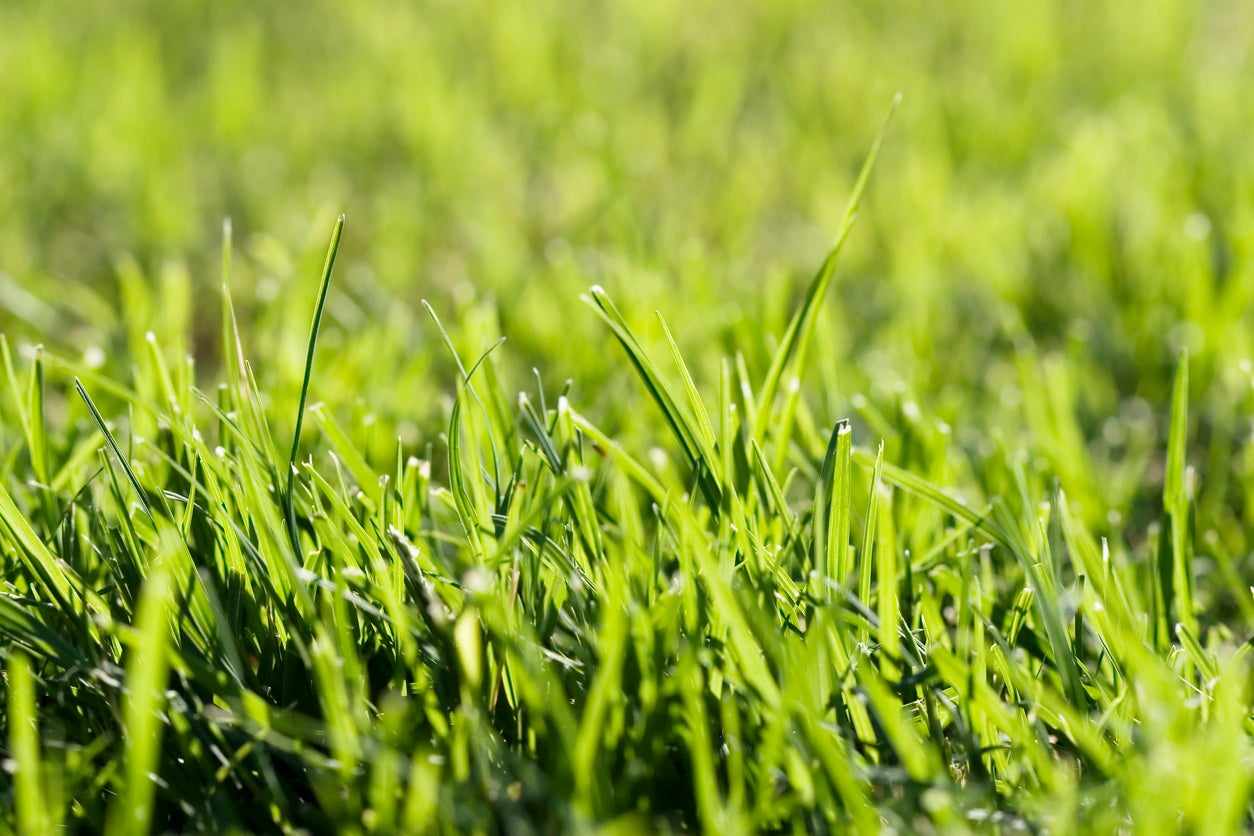
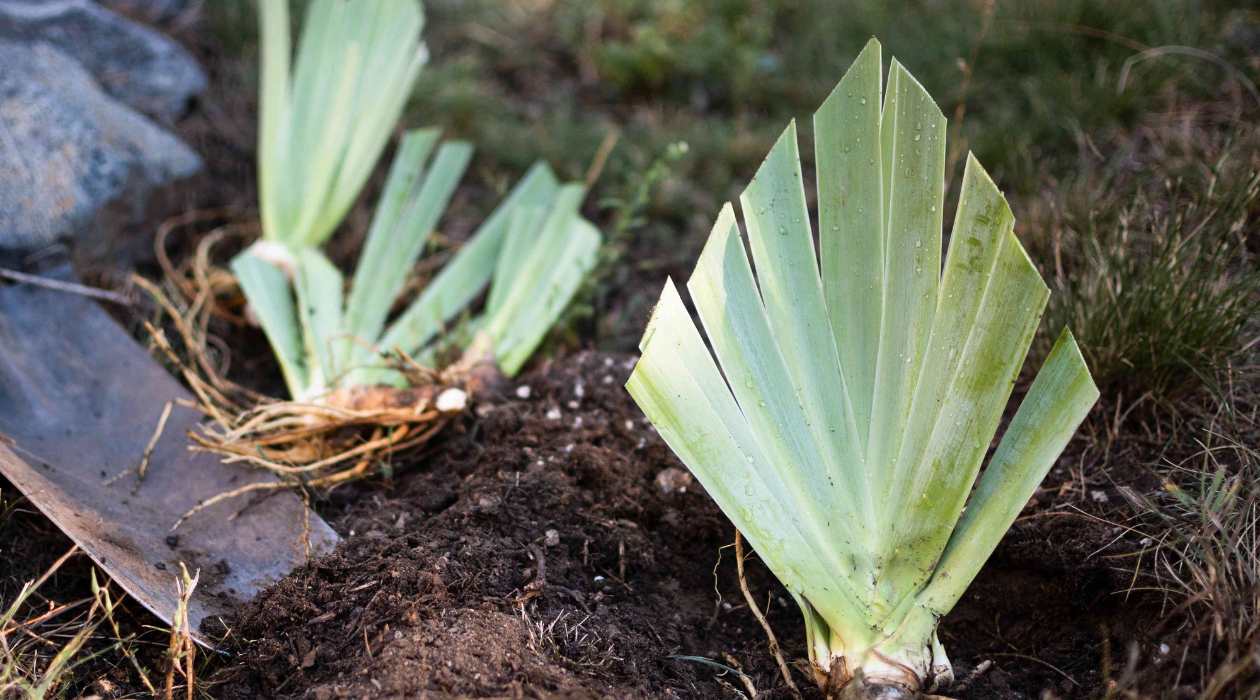

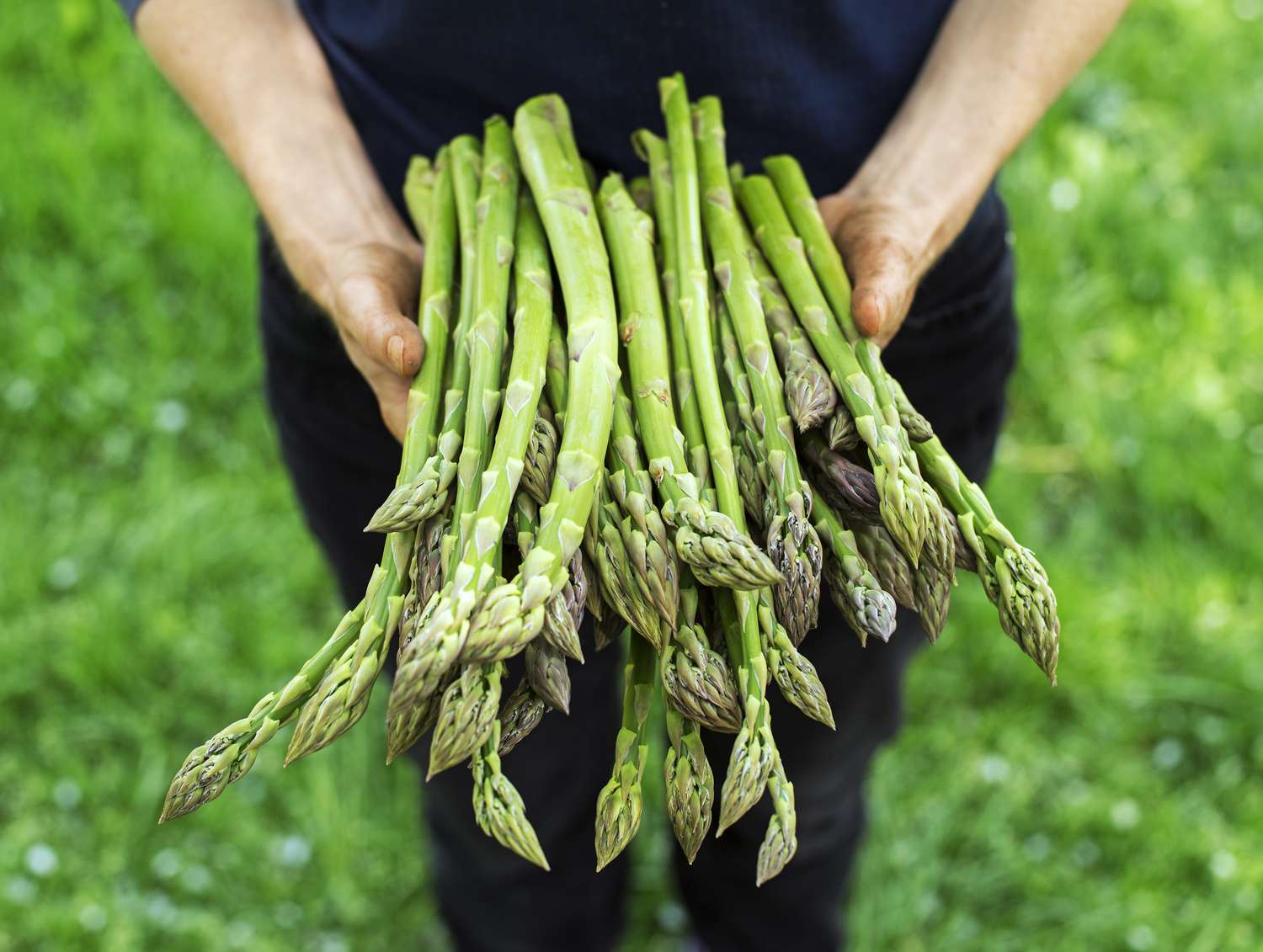
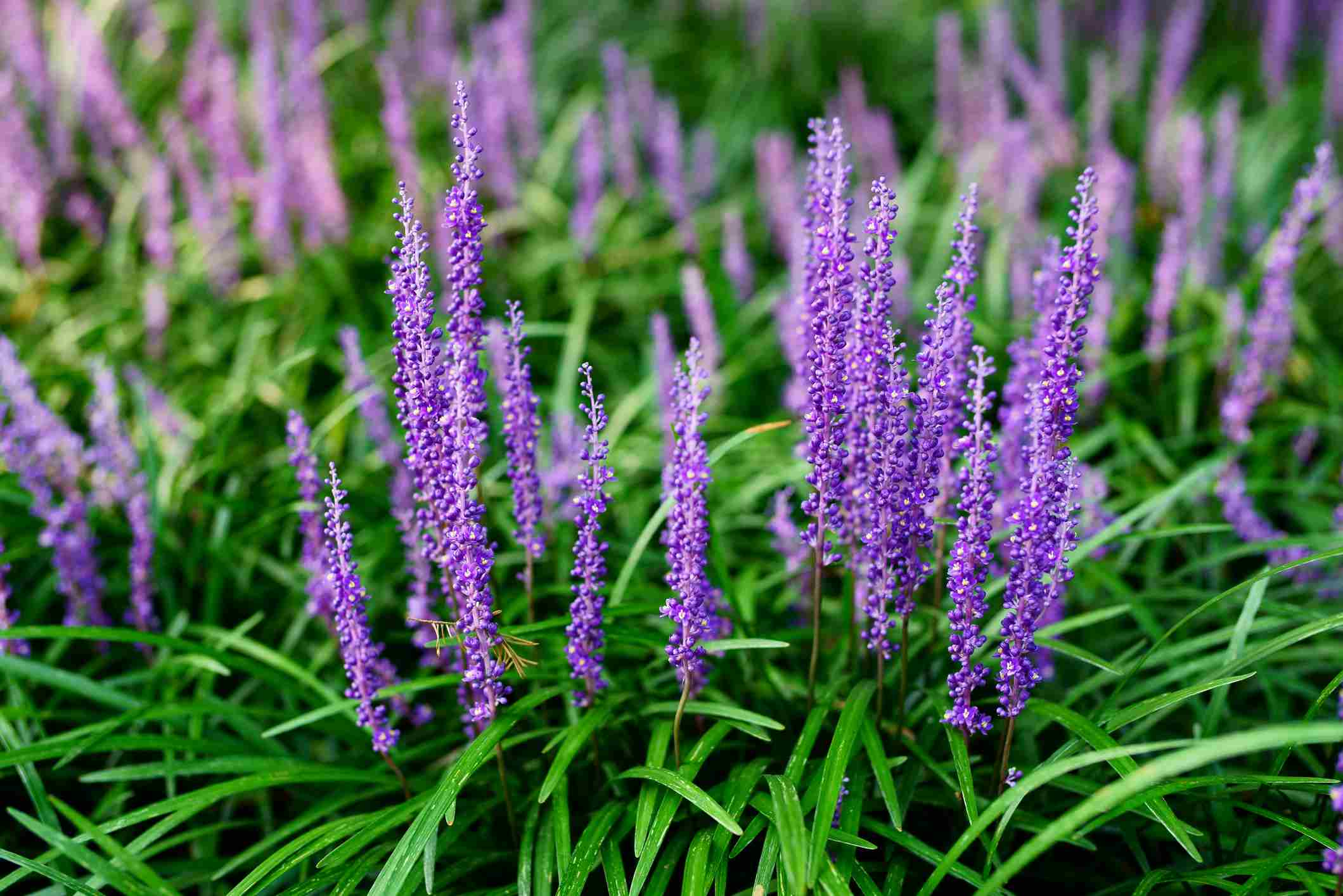

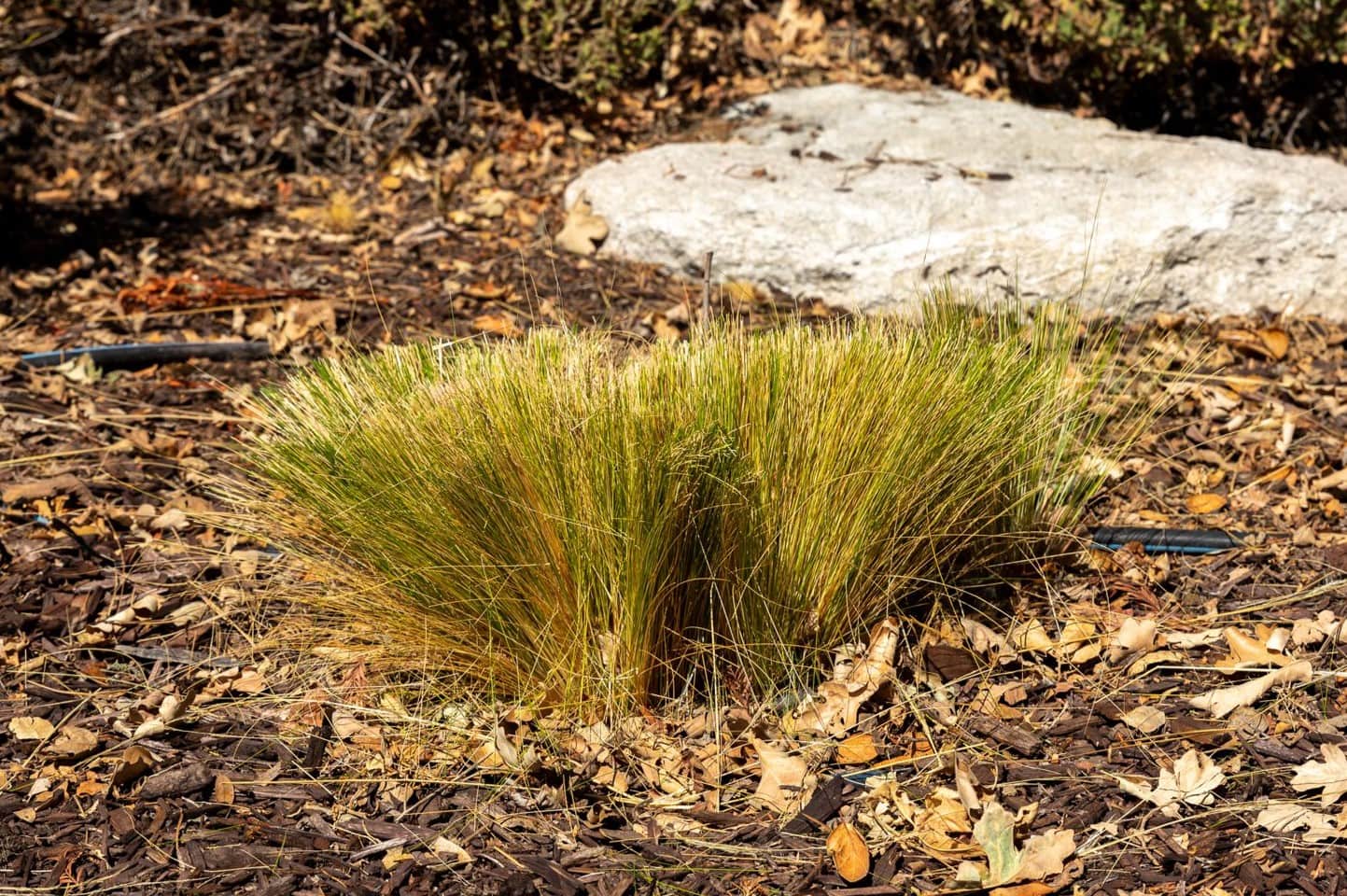

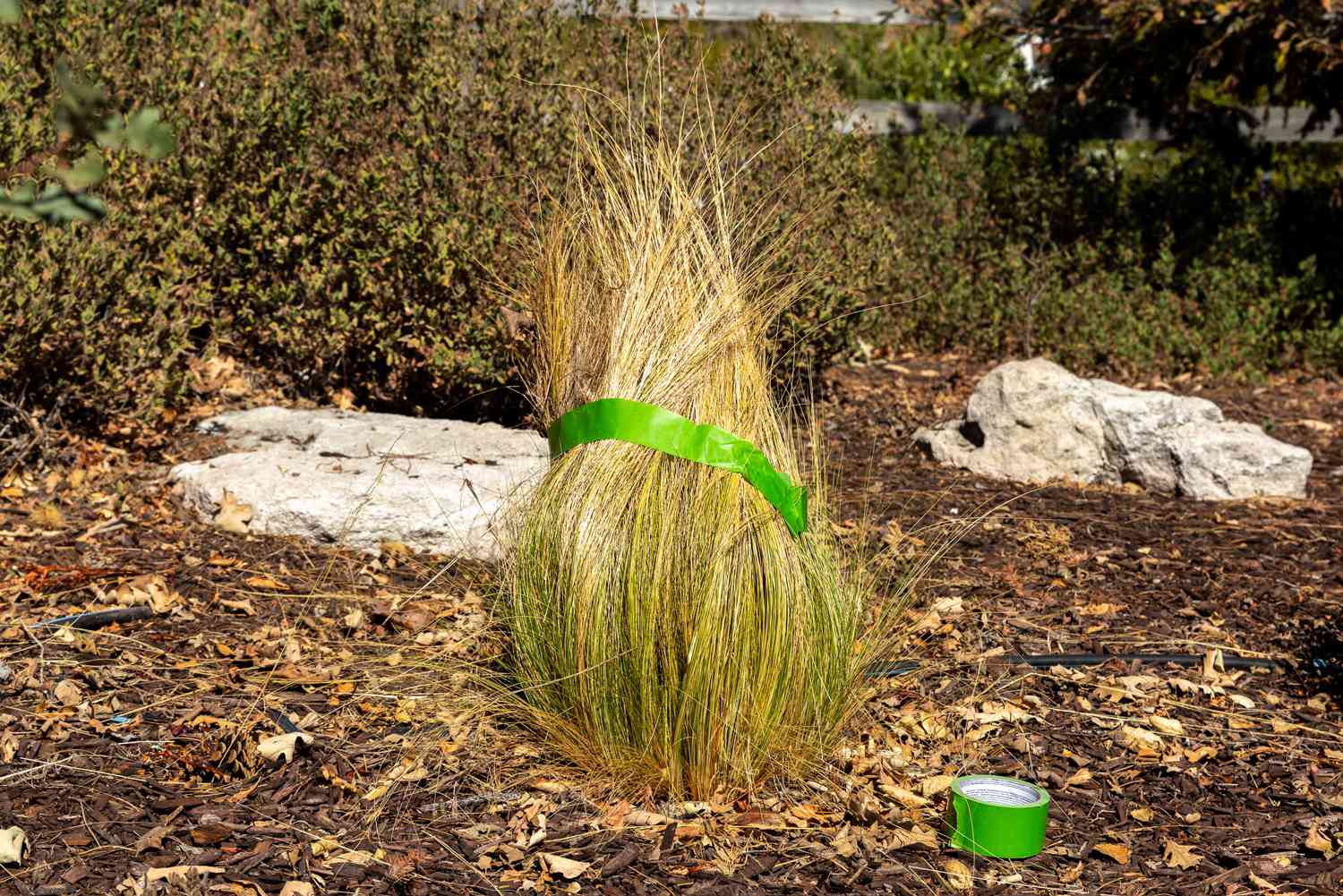
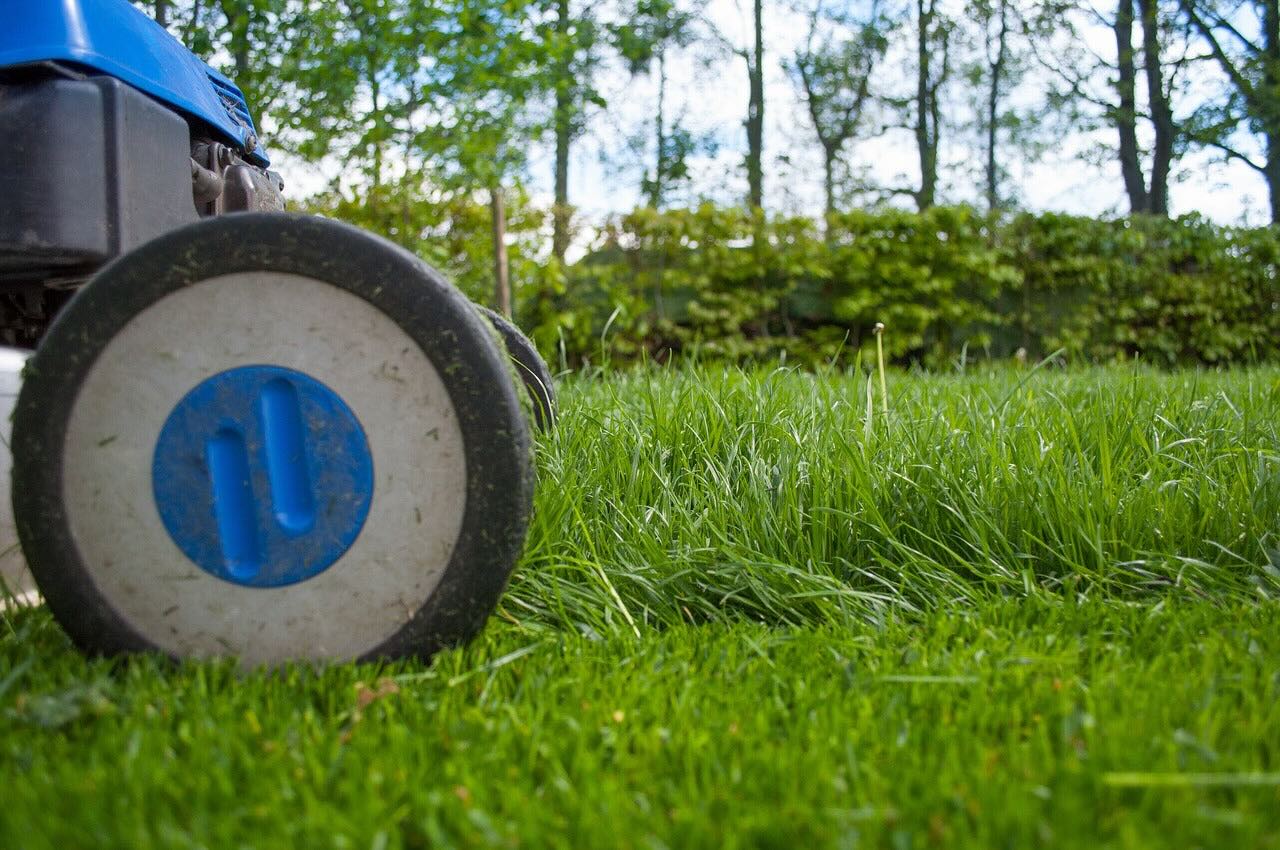
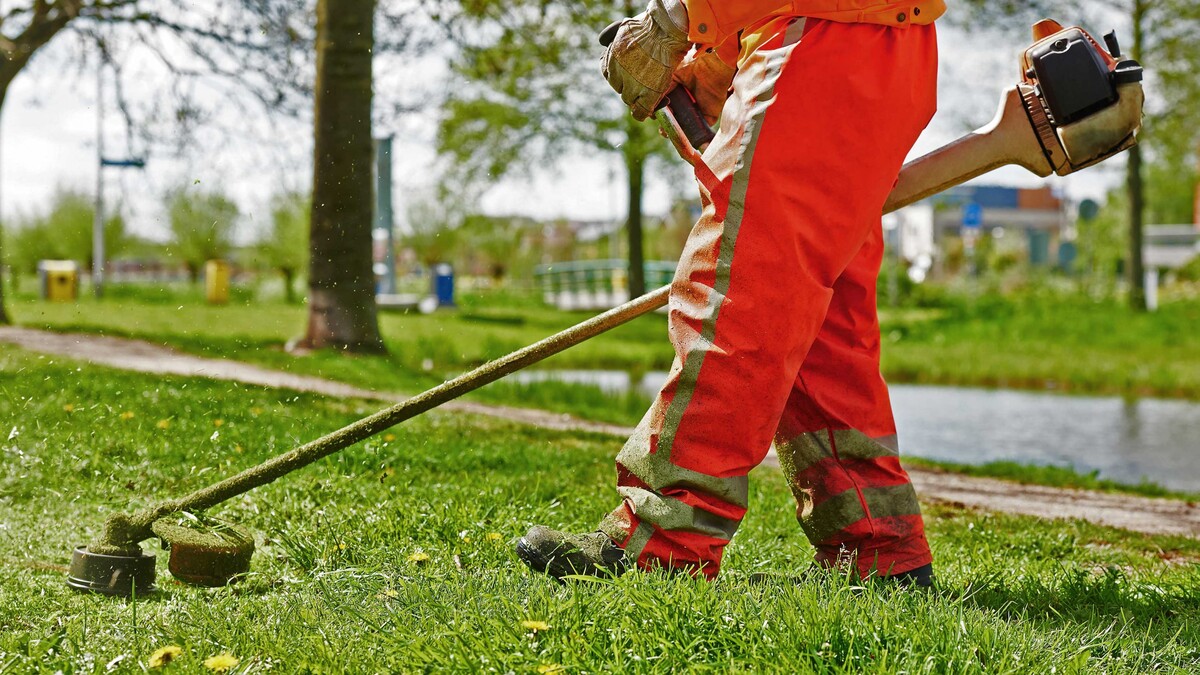
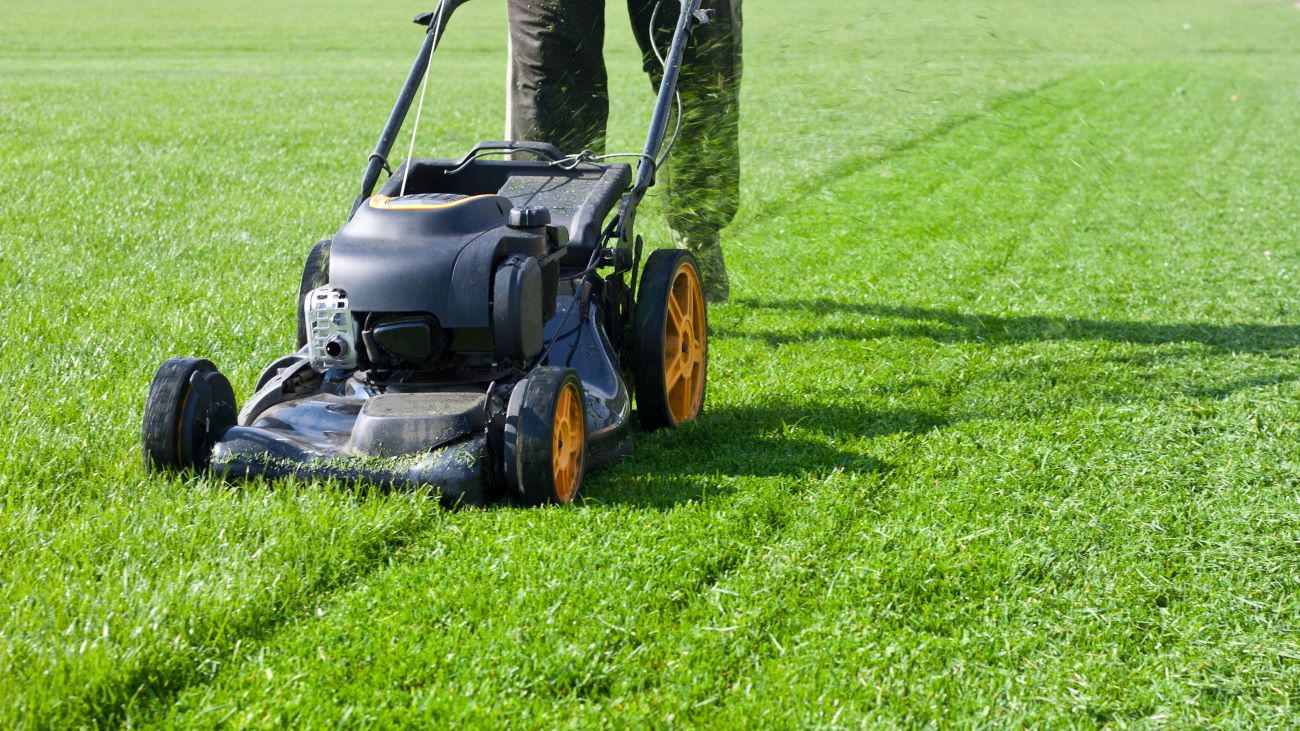


0 thoughts on “Does Grass Scream When You Cut It”